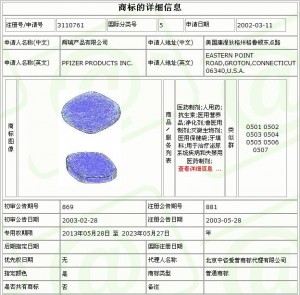Why Did the Supreme People’s Court Changed Its Attitude towards Revoking Trademarks When It Is Unused for 3 Years
(By You Yunting) China is a heavily administrated and controlled country. If administrative approval is not obtained, business activity such as producing and selling of Alcoholic beverages, medicine, etc., could be ruled to be invalid by the court. According to the Trademark Law of China, once the trademark has not been used for three continuous years, it could be eliminated. There is a significant amount of people who uses their right to their trademark however, many people fail to obtain the proper administrative approval or violates administrative rules. This brings us to the issue of whether or not such a trademark should be removed even though it has been used. For this kind of cases, we find an example in the 10 annual cases of 2011 promulgated by the Supreme People’s Court of China. In that case, the Supreme Court overturned its opinions expressed in the previous year, “Kangwang Trademark Dispute”, in which the court determined that despite a shortage of administrative approval, the using of the trademark is sufficient according to the Trademark Law.





